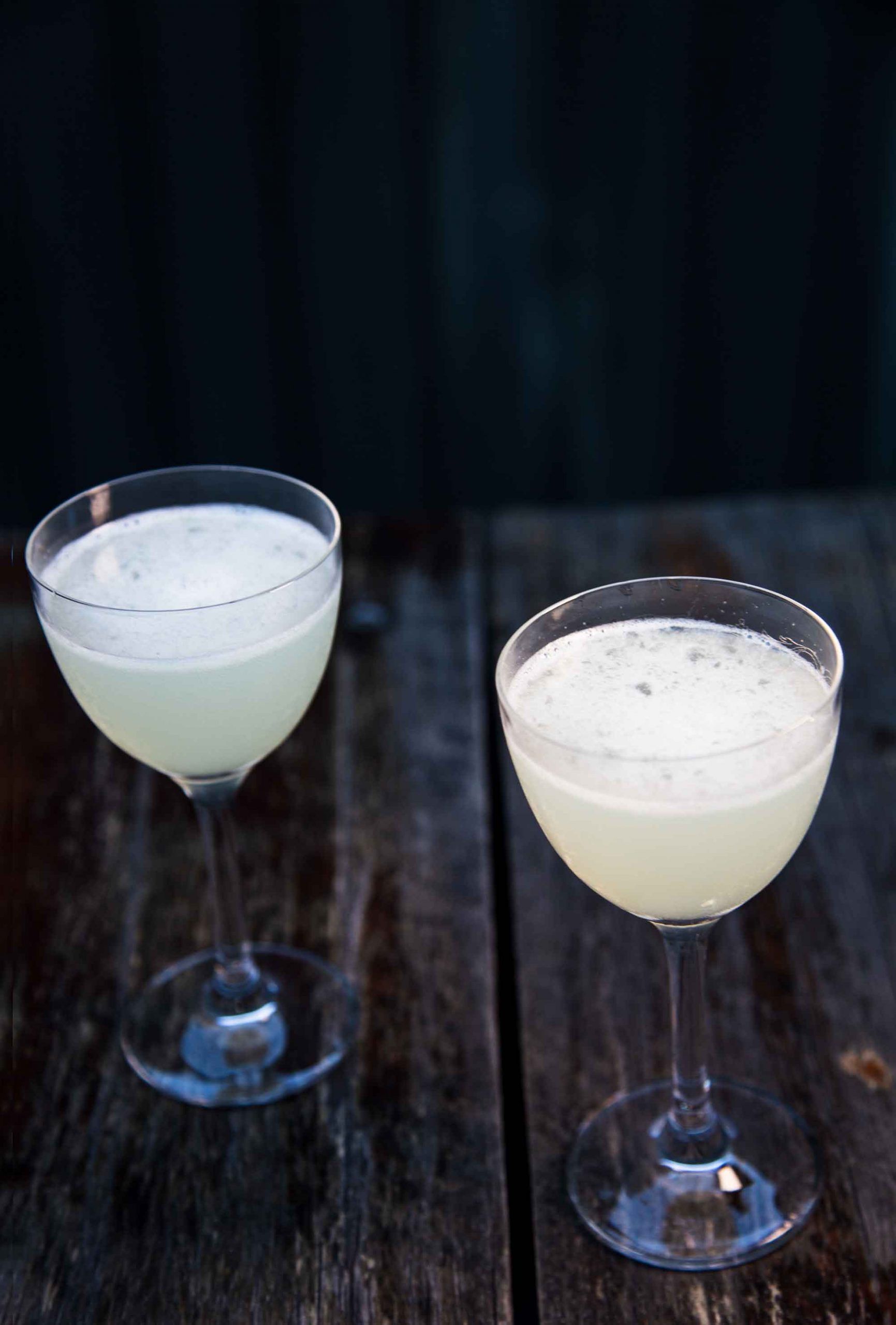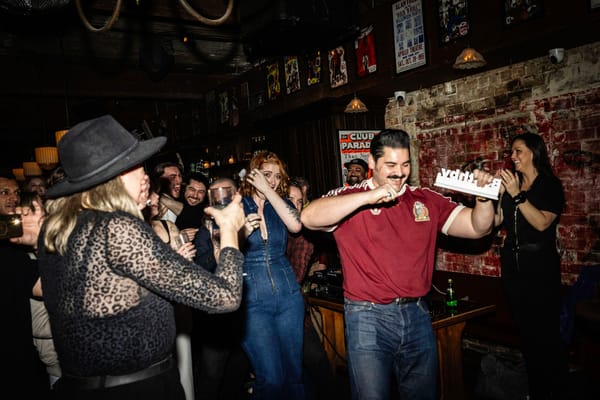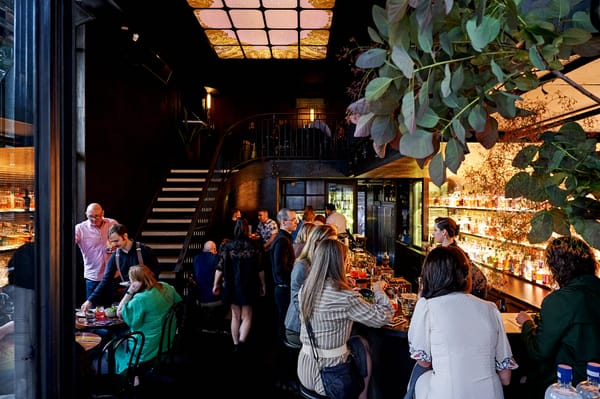Mastering the Daiquiri recipe: three bartender tips
What makes a great Daiquiri recipe? To get your spec just right, take a look at these three pieces of wisdom from bartenders.

For the better part of the last decade I’ve been drinking one cocktail more than any other: the Daiquiri.
I love the Daiquiri recipe for its simplicity.
I love the fragrant lift of zesty lime, the hit of fruity esters and notes of raw sugar from the light Cuban-style rum. I love the little shards of ice that bob on the drink’s surface when it’s made by a bartender who knows how I like them. I do not, however, enjoy the sting of acid reflux that comes with a decade’s worth of Daiquiris.
I do love how — with just three ingredients — the drink is difficult to master; just when I think I’ve got the recipe and technique down I dish up a horror show of sourness and find myself starting again.
I’ve had Daiquiris in Mexico City, on the street in New Orleans, and in the high end hotel bars of London; I’ve made Daiquiris during an impromptu speed comp at five in the morning on the other side of the world, and at friend’s apartments with the most basic of materials.
And I’ve been lucky to pick up some sage Daiquiri wisdom from some top bartenders over the years, three examples of which I’ll share here.
The first tip comes from Simon Toohey. You may know him from a couple of seasons on a certain competitive cooking show, but before Masterchef Toohey was — is — a great bartender. He believes that when a bartender has got their balance wrong with a Daiquiri, they tend to want to adjust the sugar or the sourness from the lime; instead, what they should pay attention to, is dilution. Water — which is introduced to the drink when shaking it with ice — is what opens up the aromatics of the drink, and makes it refreshing. Think of lime cordial: it takes water to make the stuff palatable.
Next: one of Australia’s best bartenders is a guy in Melbourne called Nathan Beasley. He’s a humble guy, the kind of bartender who is dedicated to serving guests rather than himself. The kind of bartender you want. He’s also a dab hand at the Daiquiri. He used to run things at Black Pearl in Fitzroy, and I picked up this neat tip from him. The Daiquiri is best when it is at its most aromatic; take a knife, peel off a twist from the skin of the lime — you just want the skin and not the pith — and drop that into your tin when you shake the drink. The ice busts up the skin a bit and releases its aromatic oils, adding another dimension of lime flavour to the final product.
The last piece of advice comes from a bonafide Cuban. Given that’s where the Daiquiri comes from, it’s advice worth heeding.
I met Karel ‘Papi’ Reyes years back when he was Australia’s Havana Club ambassador. The guy makes the best Daiquiri I’ve had. Often you’ll see bartenders double straining — or fine straining — their Daiquiris into the glass. They use their regular hawthorn strainer on their shaker, which is then strained through a fine mesh conical strainer. This removes the lime pulp and makes a nice, clean drink with no bits.
The problem with this, as Papi pointed out, is that it also removes the fine, little shards of ice that break off when you’re shaking the drink. These little bits of ice freshen the drink, and make the first few sips frosty and memorable — a few sips later and the drink is done (a Daiquiri shouldn’t hang around too long). Papi uses a julep strainer instead, allowing more of the ice shards to pop into the drink.
As for the actual recipe? I favour something along the 4-2-1 formulation: four parts rum, two parts lime, and one part sugar syrup. Others prefer the David Embury spec of 8-2-1, others still like to bump up the sugar to equal the lime. My advice: drink them until you’ve found your perfect Daiquiri.
It’s a great excuse to keep searching.

The Daiquiri
Ingredients
- 60ml light rum (like Bacardi or Havana Club)
- 30ml lime juice
- 15ml sugar syrup
Instructions
- Shake all ingredients with ice until the tin frosts.
- Strain into a frosty coupe glass.
Said to have been invented by an American in Cuba in 1898, there's few better tests of your bartending ability than this mix of rum, lime and sugar.





